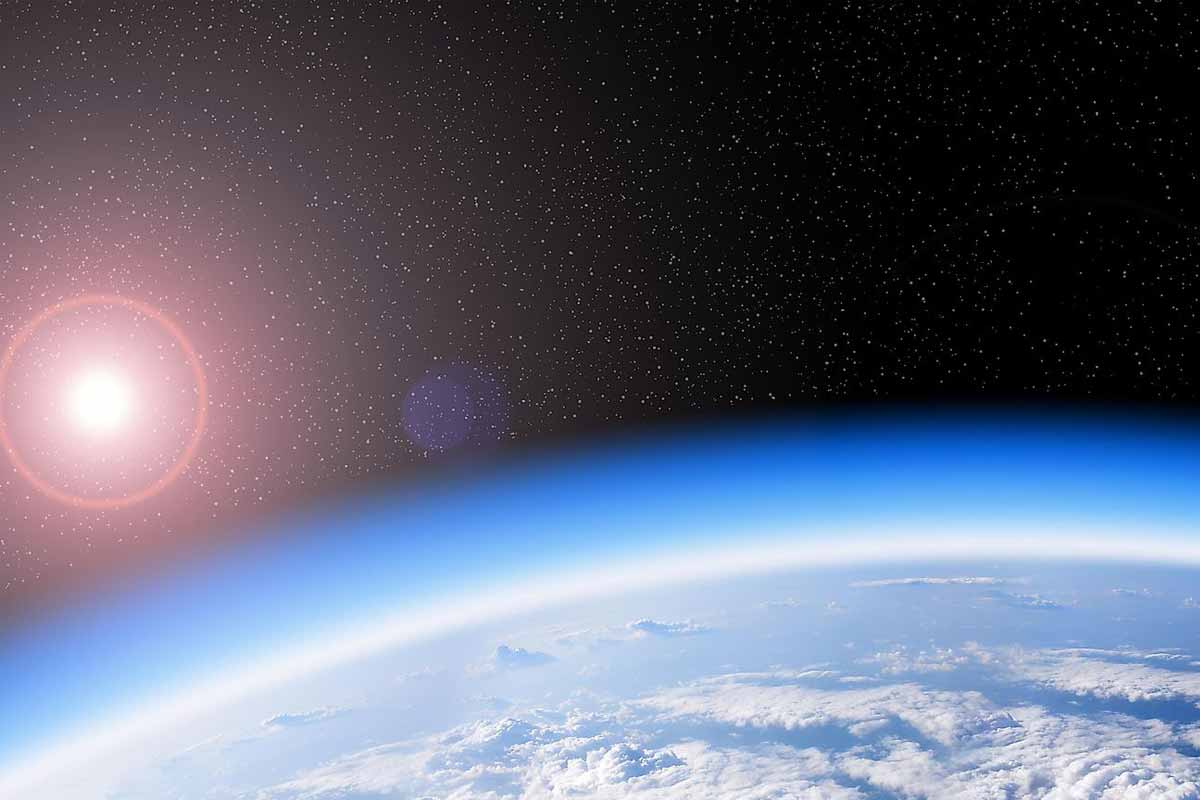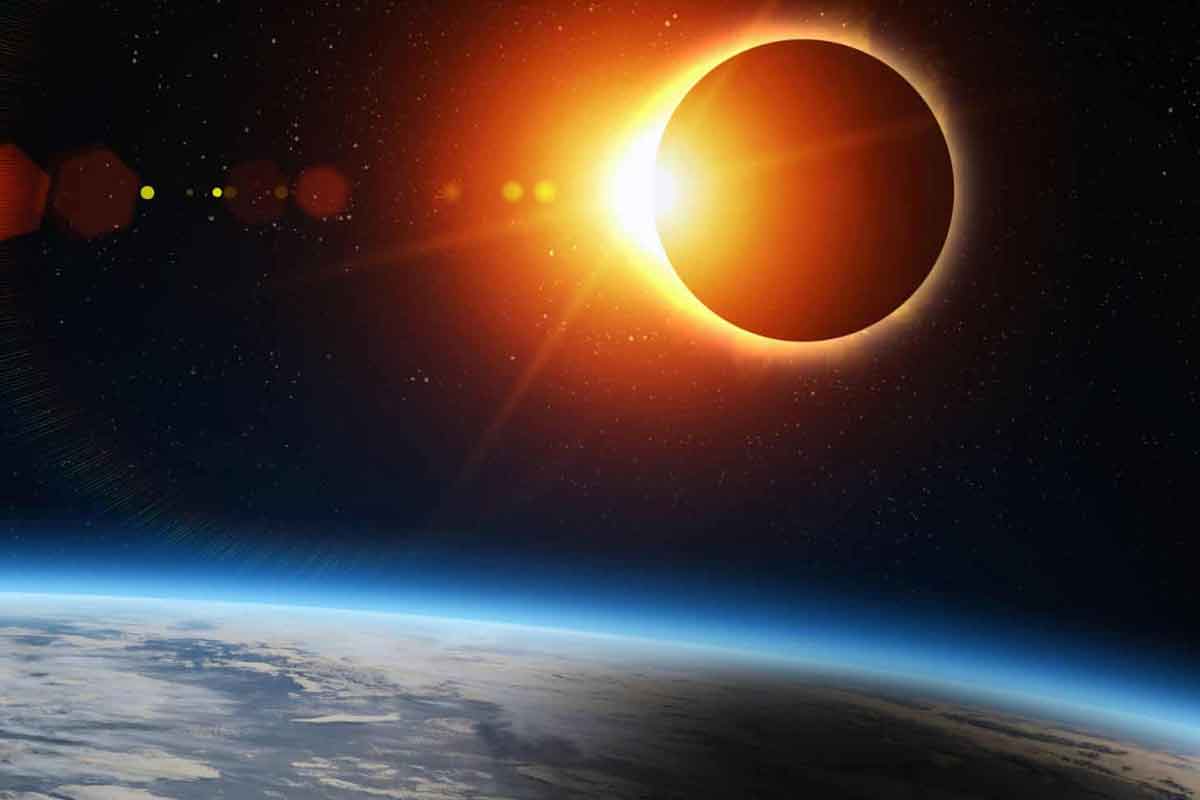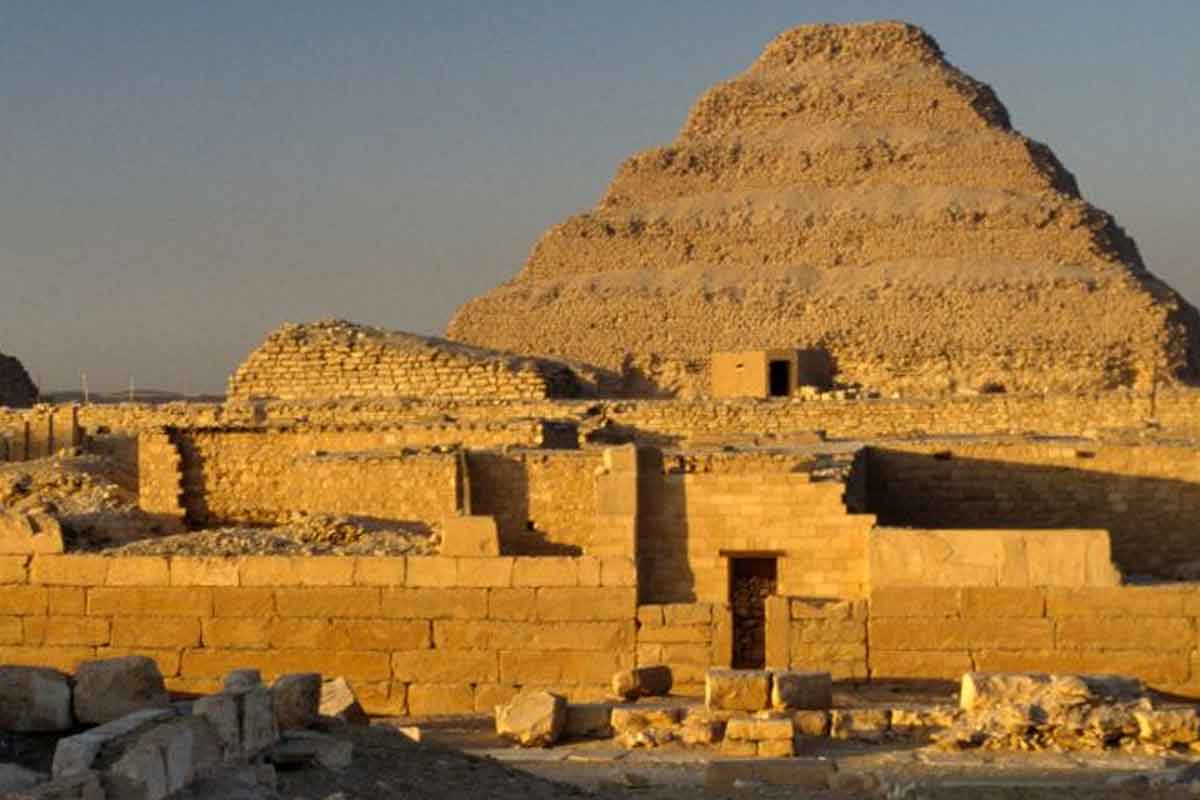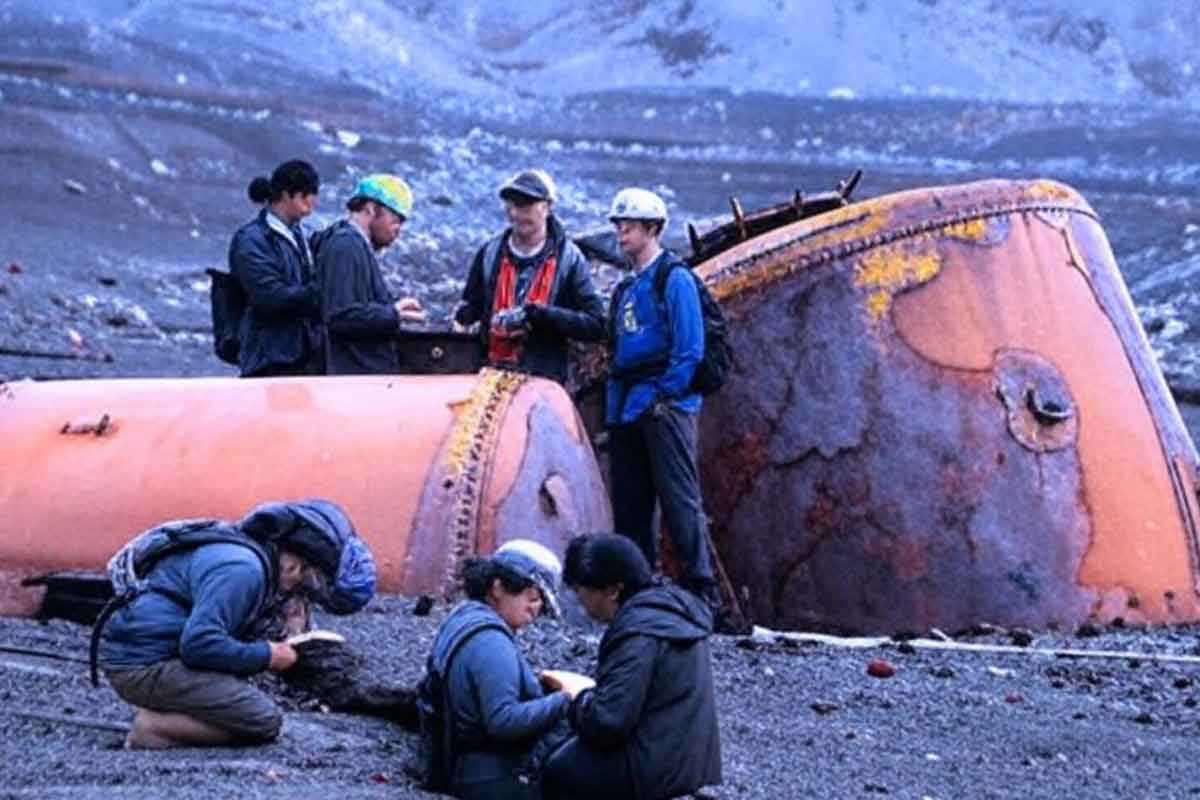The countdown has started, and the air we rely on will not last forever. Scientists now outline how Earth’s breathable balance ends, while you still keep dinner plans tonight. The Sun’s slow warming sets off changes that undo plant power, and with it our supply of Oxygen. This is not a myth like the Mayans or a riddle from Nostradamus; it is a timeline grounded in models. The stakes are vast, yet the story unfolds over deep time.
Why Oxygen has an end date on Earth ?
As the Sun heats up, its energy reaches our air with extra punch, and things shift. The process matters because carbon dioxide starts breaking apart, and levels fall far below plant needs. Photosynthesis then stutters and, step by step, stops. Without that engine, breathable air thins until it cannot support complex life.
Scientists link this to a clear chain: less CO₂ means plants fail, and so animals lose their lifeline. The planet dries while deserts grow, and soils weaken. The study suggests Earth drifts back toward its ancient face, a bare rock under a bright star. Oxygen becomes scarce, and survival narrows.
This isn’t fast, yet once it begins, it moves one way. The warning does not cancel your week; it shapes our long view. The team states that the system tips, and then keeps tipping. The biosphere loses feedbacks that once buffered heat and kept air sweet.
A domino chain that strips the air
The Sun warms, and because energy flows higher, CO₂ molecules split more often. Carbon dioxide drops, so plants cannot run photosynthesis well enough. With that loss, the oxygen-making loop breaks. Life that breathes, including us, depends on that loop.
As plants fail, humidity patterns change, and land dries. Deserts spread, and forests shrink. The ground reflects more light, yet heat still builds because the balance is already broken. Oceans shift chemistry, and food chains collapse. Air turns thinner in the ways that matter to animals.
Researchers stress timing in two layers. The broad endgame sits about one billion years ahead. Signals could show up far sooner, around 10,000 years from now. That earlier phase will not end everything at once, yet it sets the track. Once the gears turn, there is no reverse.
Life without air : what vanishes first
Plants go first because they lose CO₂, and then animals run out of breath. People cannot live without air; neither can most creatures we know. Sheltering deeper or higher will not solve a system-wide loss. The food web snaps when producers fail.
Without Oxygen, the ozone layer goes, and radiation from the Sun hits hard. That exposure fries DNA, and so it erases the margin many species need. Skies may look clear; they will not be safe. The shield that made land life possible thins away.
A few winners remain while most lose. Anaerobic microorganisms cope without air and thrive where others cannot. They rule in low-oxygen places even now, so they expand into the open. Complex bodies fade because cells demand steady oxygenation that the future Earth cannot give.
Simulations, dates, and who says Oxygen fades
This picture comes from large-scale models by Kazumi Ozaki and Christopher Reinhard. They tested how air chemistry changes while the Sun ages. NASA’s Nexus for Exoplanet System Science and researchers at Toho University framed the work. Together, they mapped when habitability drops.
Their result sets the headline date near one billion years, and that aligns with stellar physics. The models also show earlier tremors thousands of years ahead. You will not see the end, yet the map forces us to think in eras, not seasons.
Because the drivers link to the Sun, the path does not depend on our daily choices. The mechanism turns on energy and chemistry tied to star life cycles. That clarity makes the forecast stark; the system heads where physics leads, even while it gives long notice.
Methane’s rise and the planet we leave behind
As photosynthesis fails, methane climbs, and air turns more toxic. That shift speeds the slide because methane traps heat well. Species lose safe ranges, and some vanish stepwise rather than all at once. The outlook is not fire overnight; it is steady attrition.
More methane means different skies and harsher ground. Lakes bubble, and soils leak gases while life retreats. People often ask about fixes; this script does not offer a local patch. The change flows from star output, so the lever arms sit outside our reach.
The lesson, though distant, lands close. We see how delicate the balance is, even now. The study reshapes how we judge other worlds and our own. Habitability has a timer, and the clock runs, quietly, over deep time. Oxygen marks both cause and signal.
Why accepting change sharpens our care for the present
A far future does not excuse the present; it clarifies stakes. Knowing Oxygen is contingent reminds us that life rides on tight couplings between star, rock, ocean, and cell. The balance feels robust, yet it relies on processes we can protect now: living soils, thriving seas, and intelligent stewardship.






